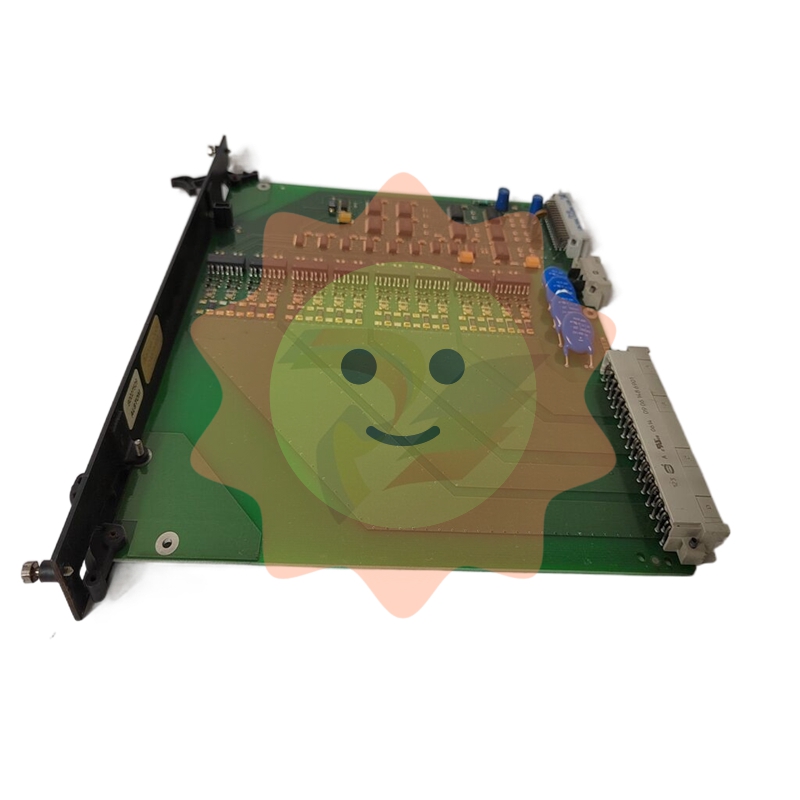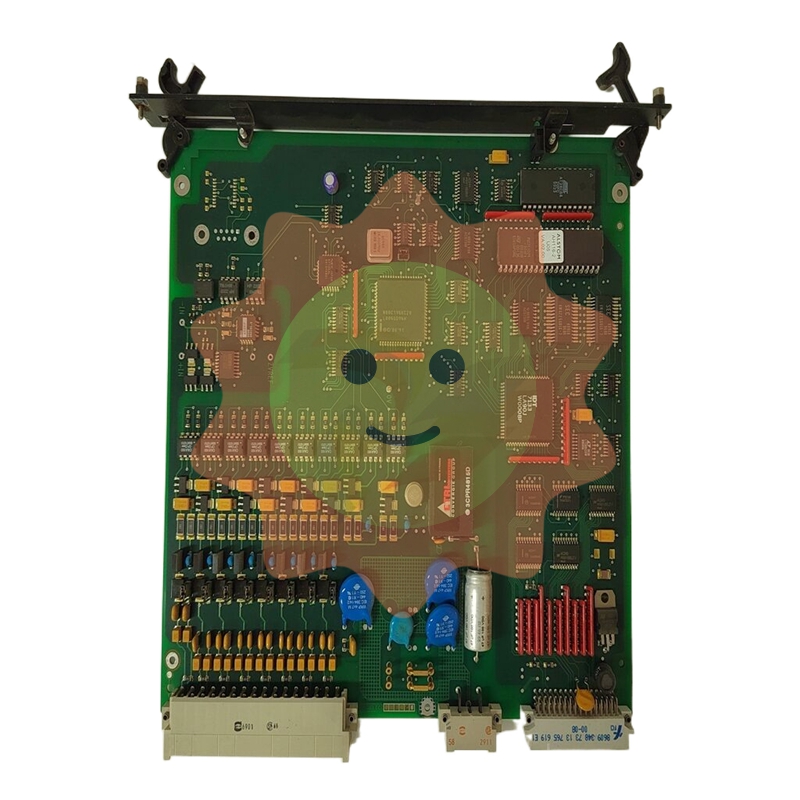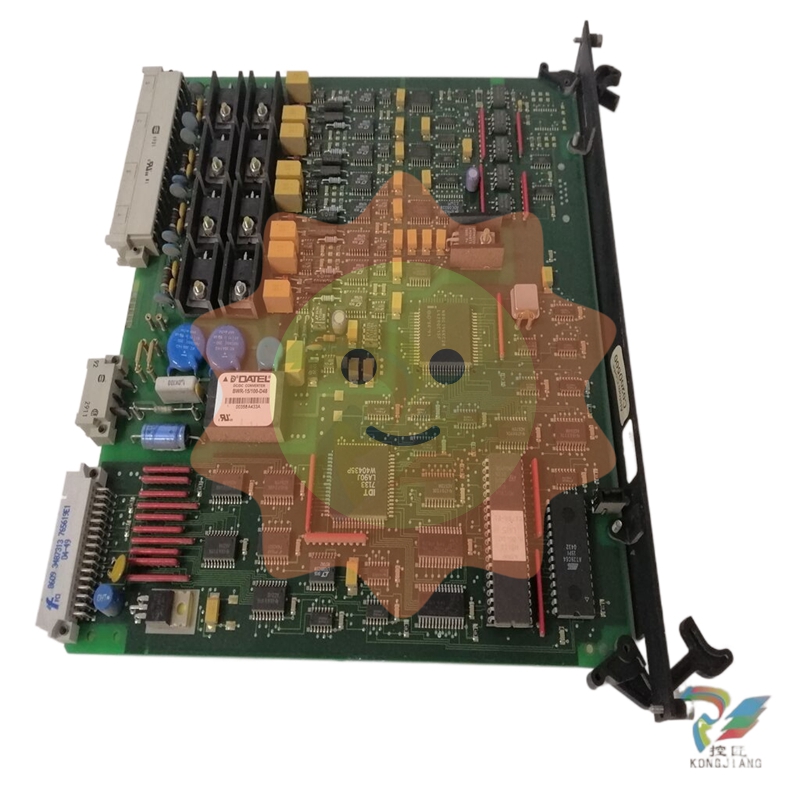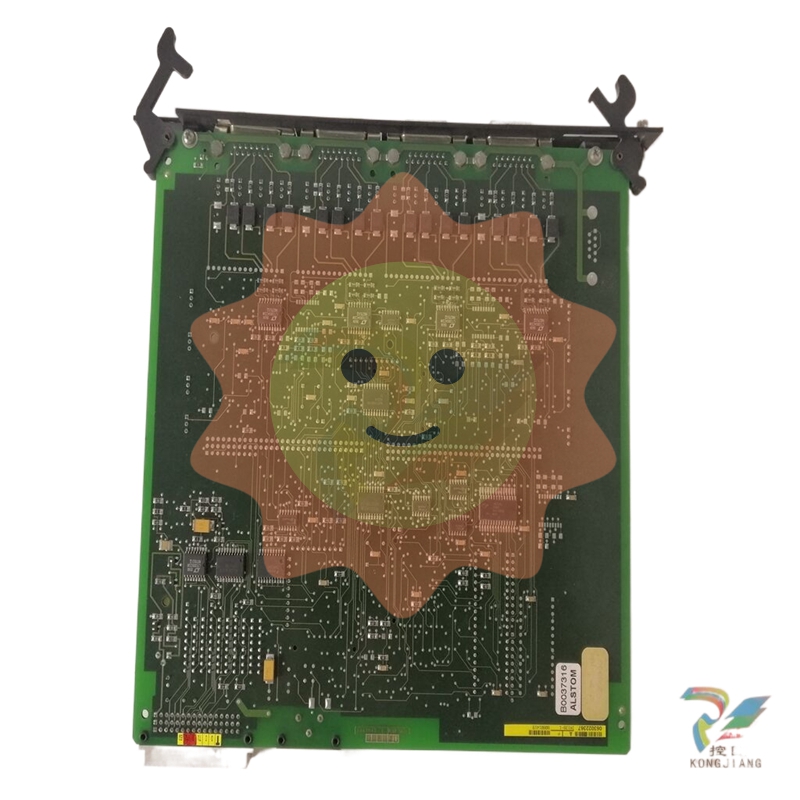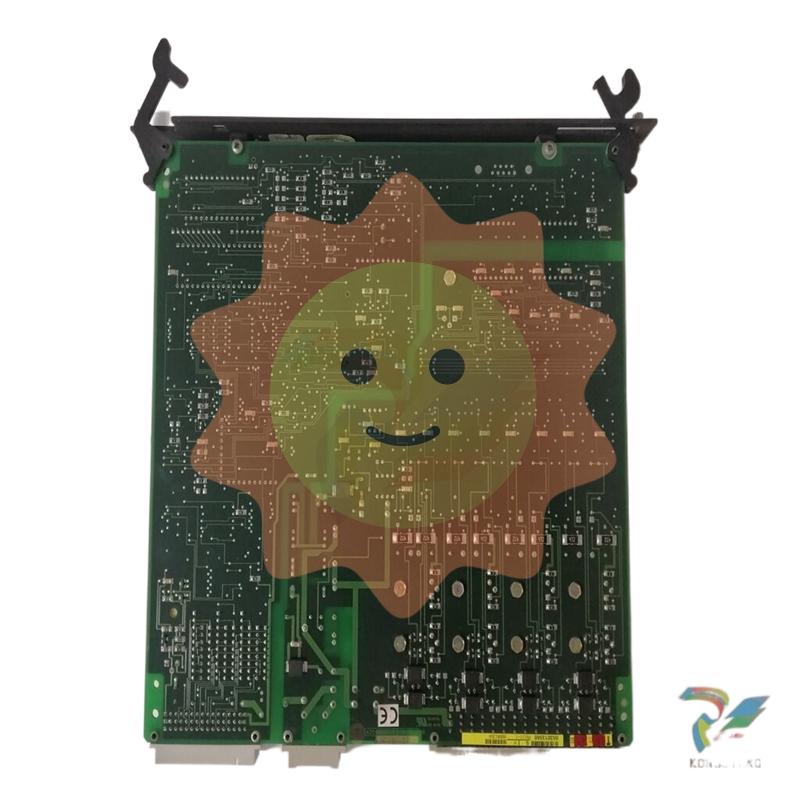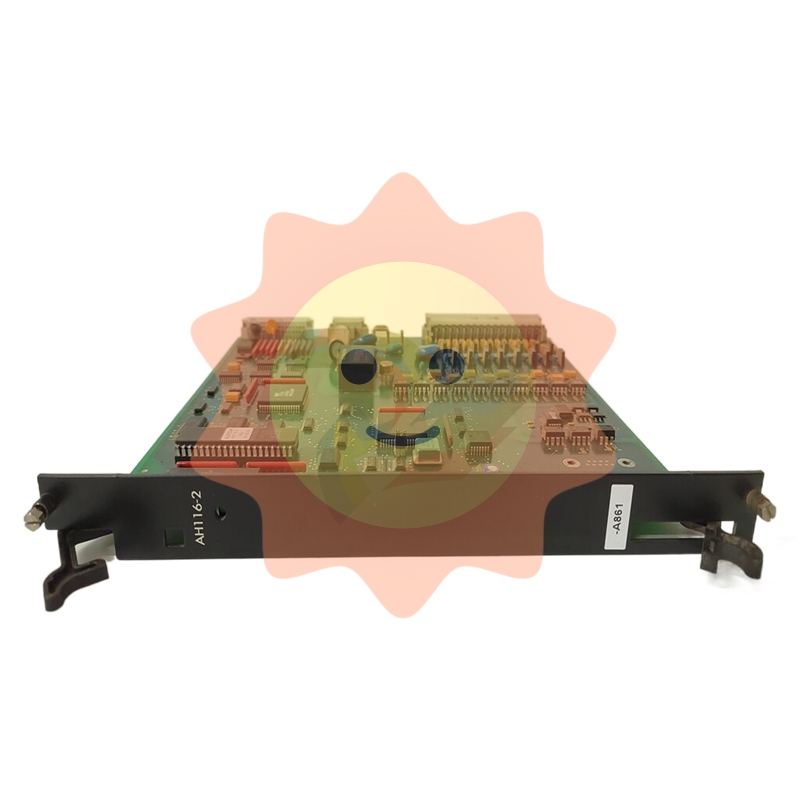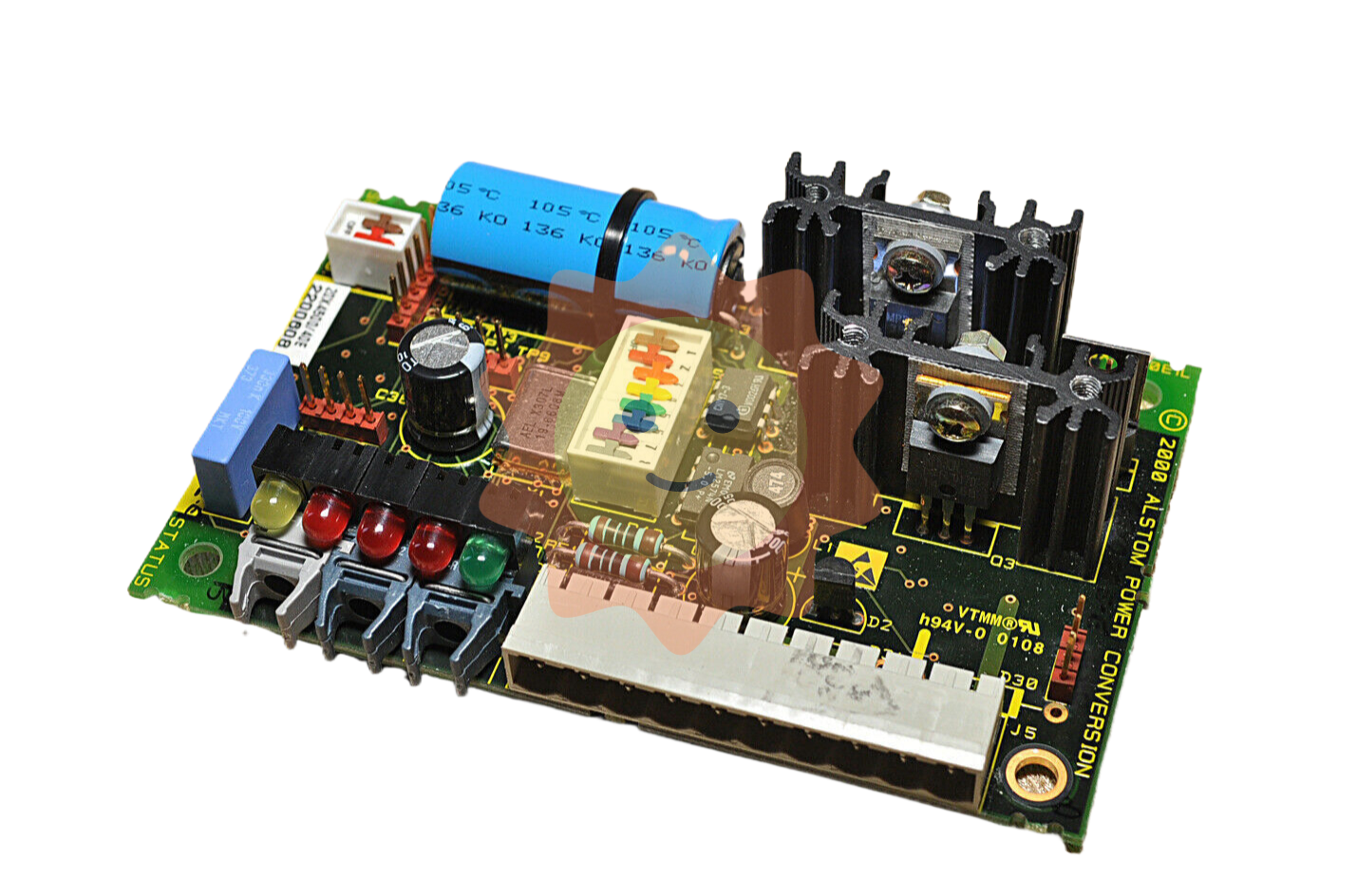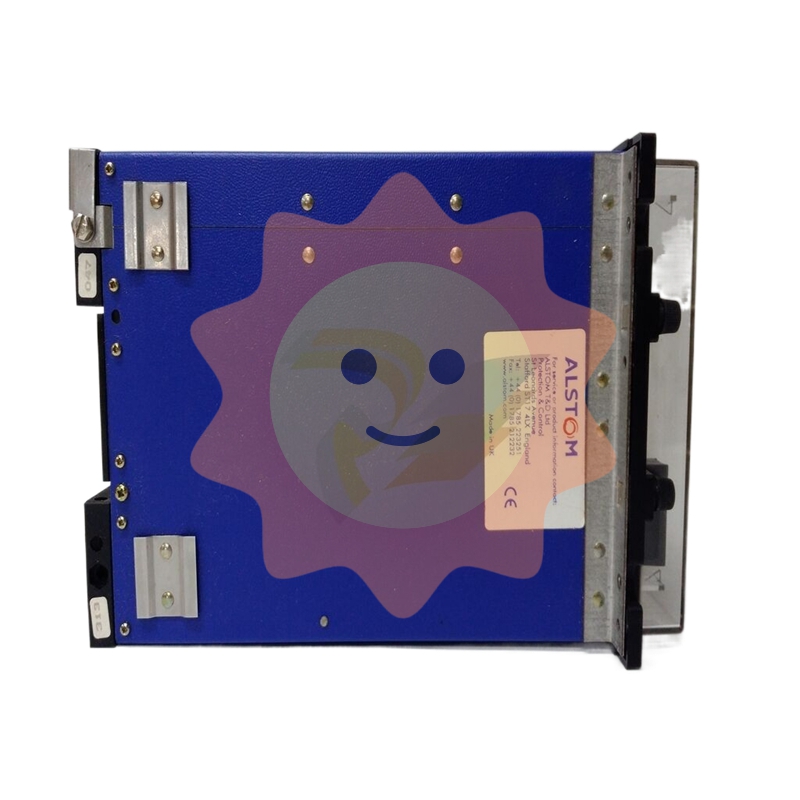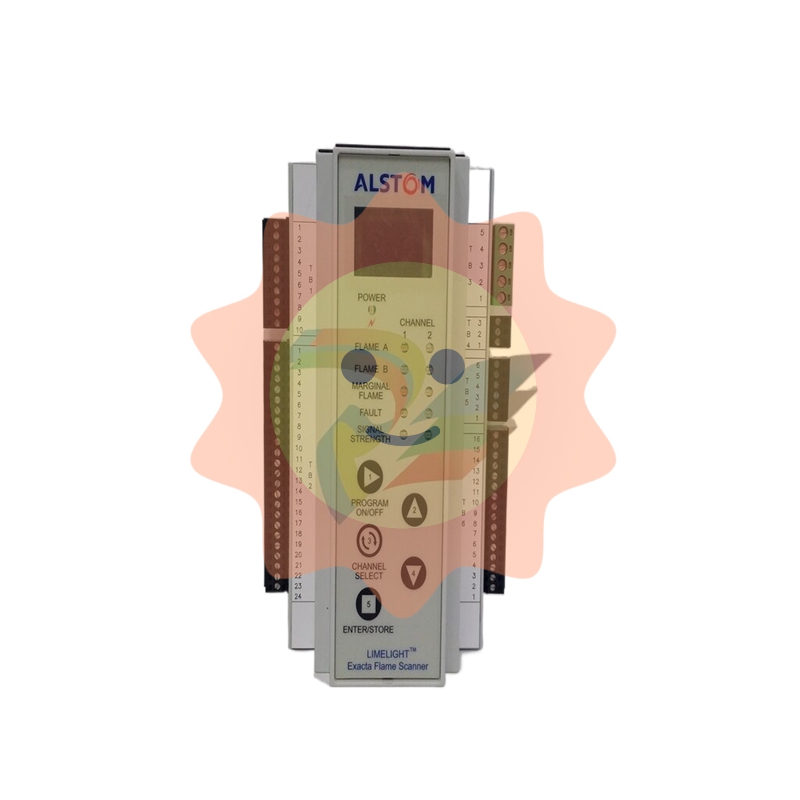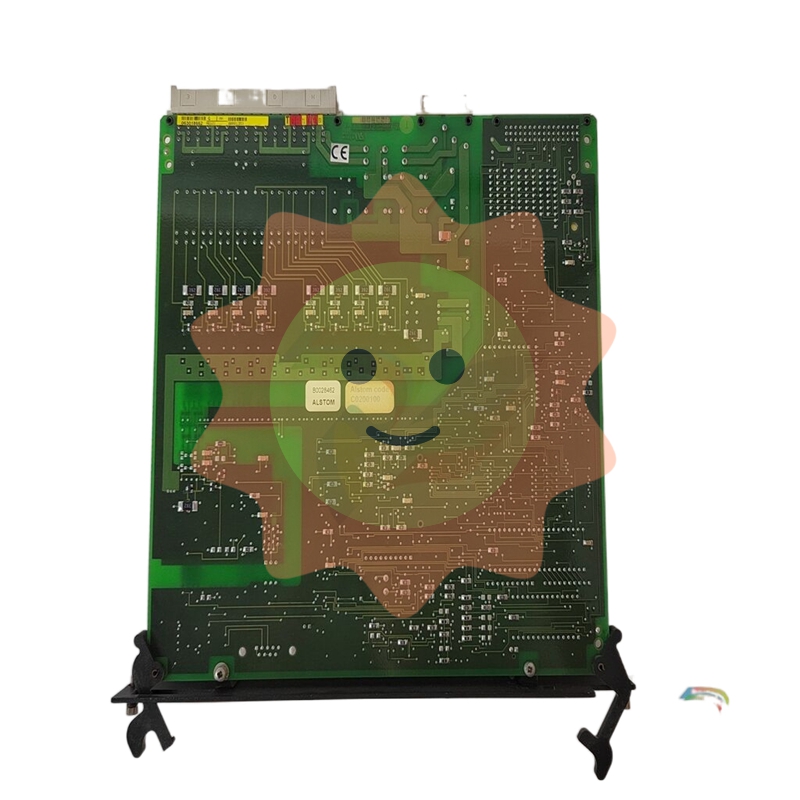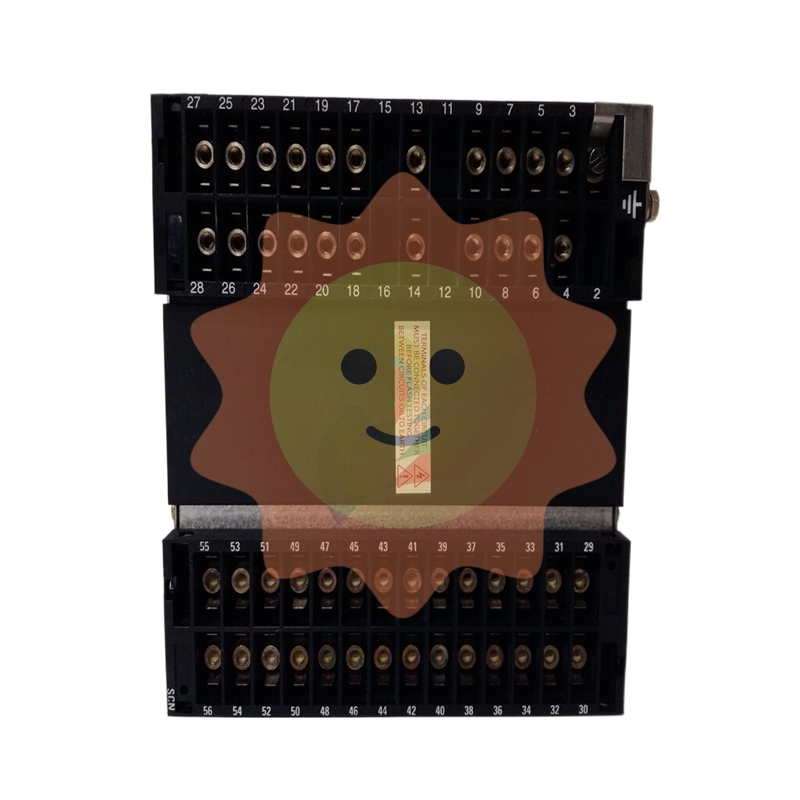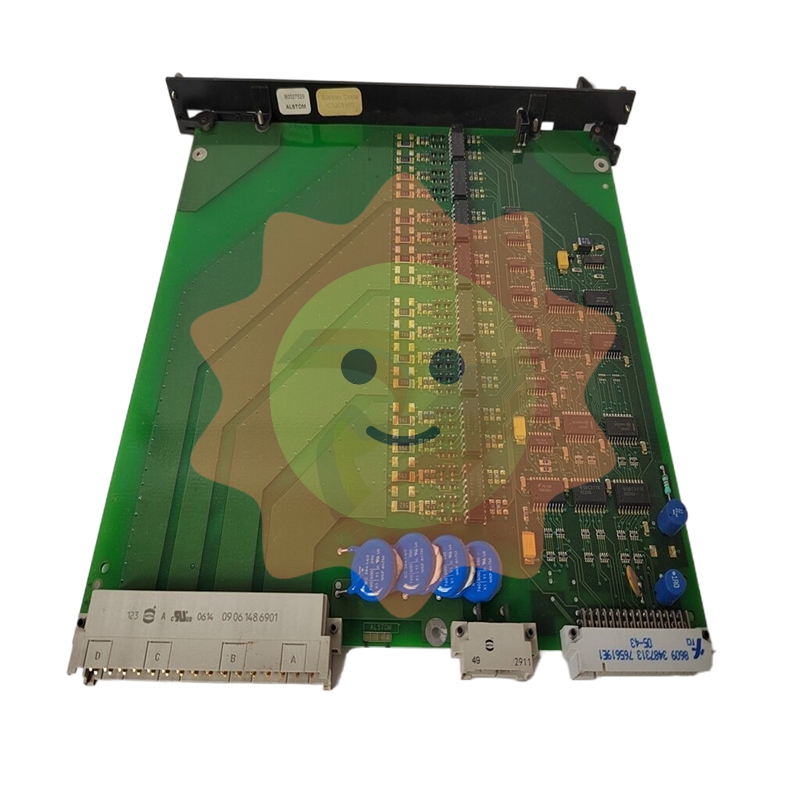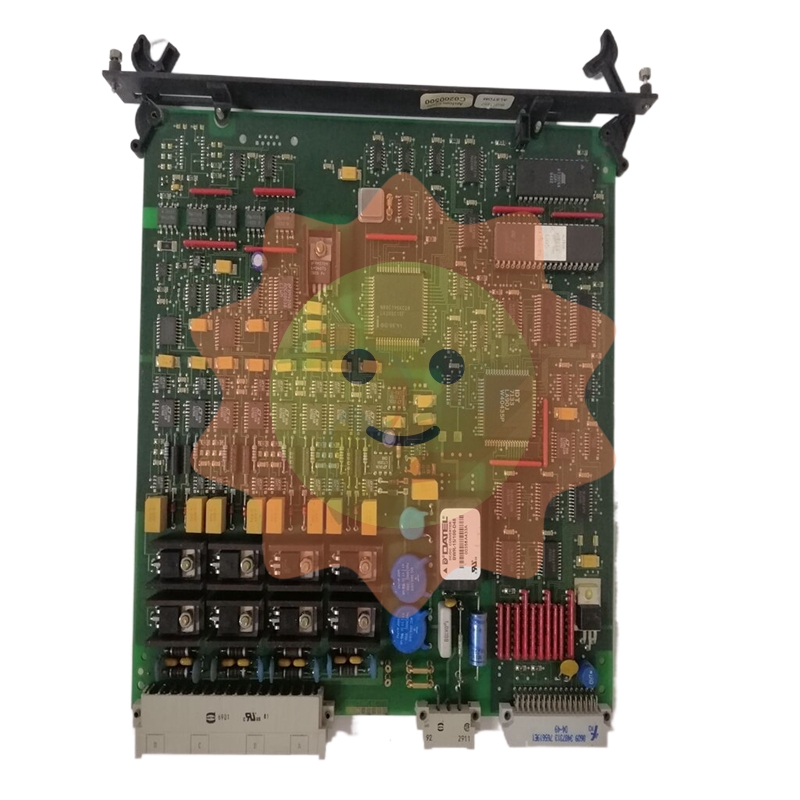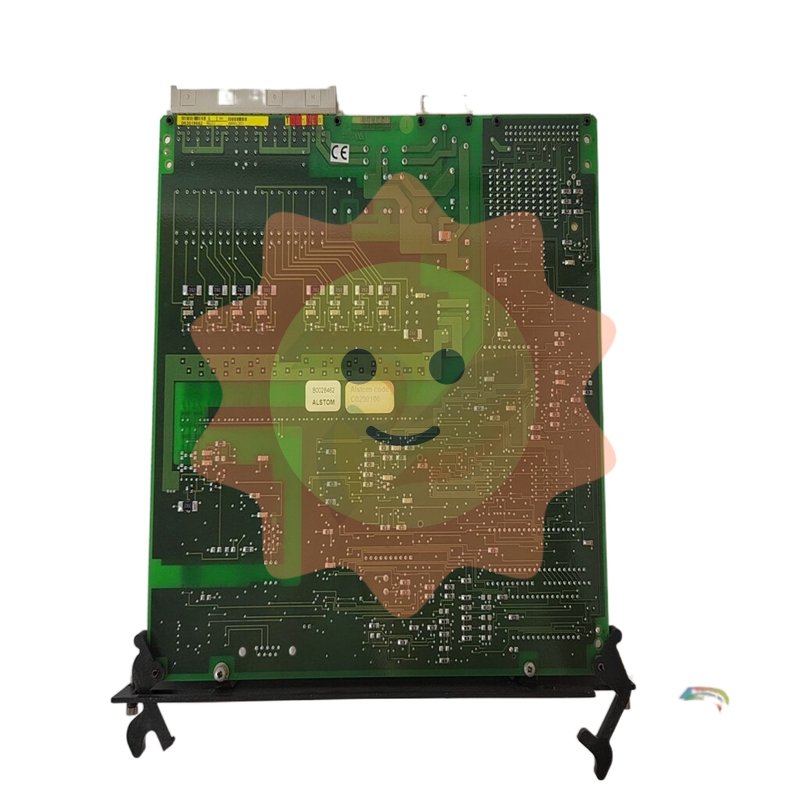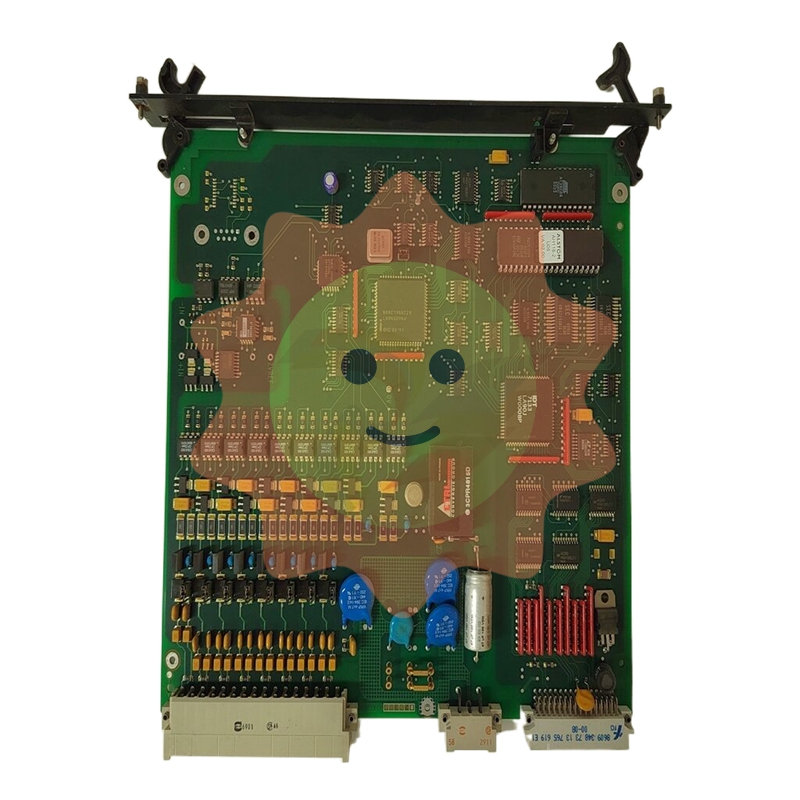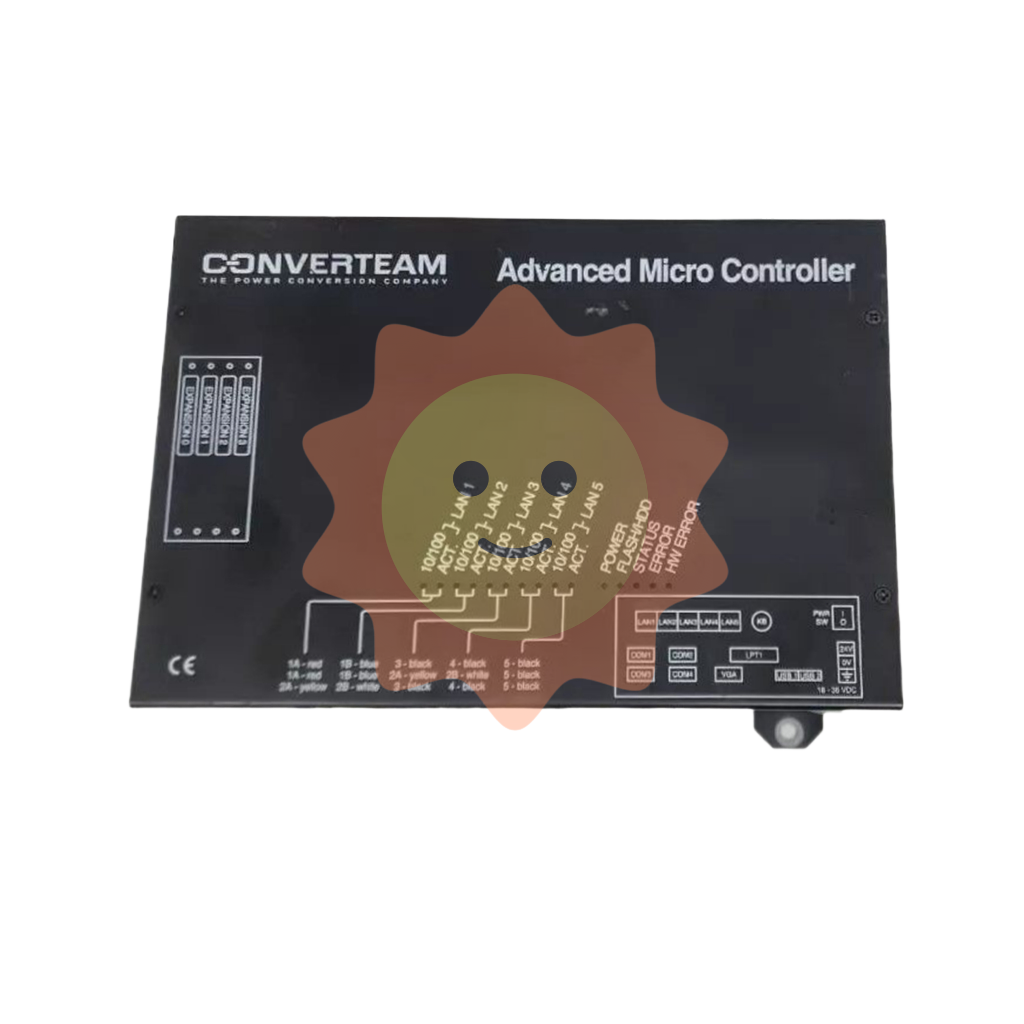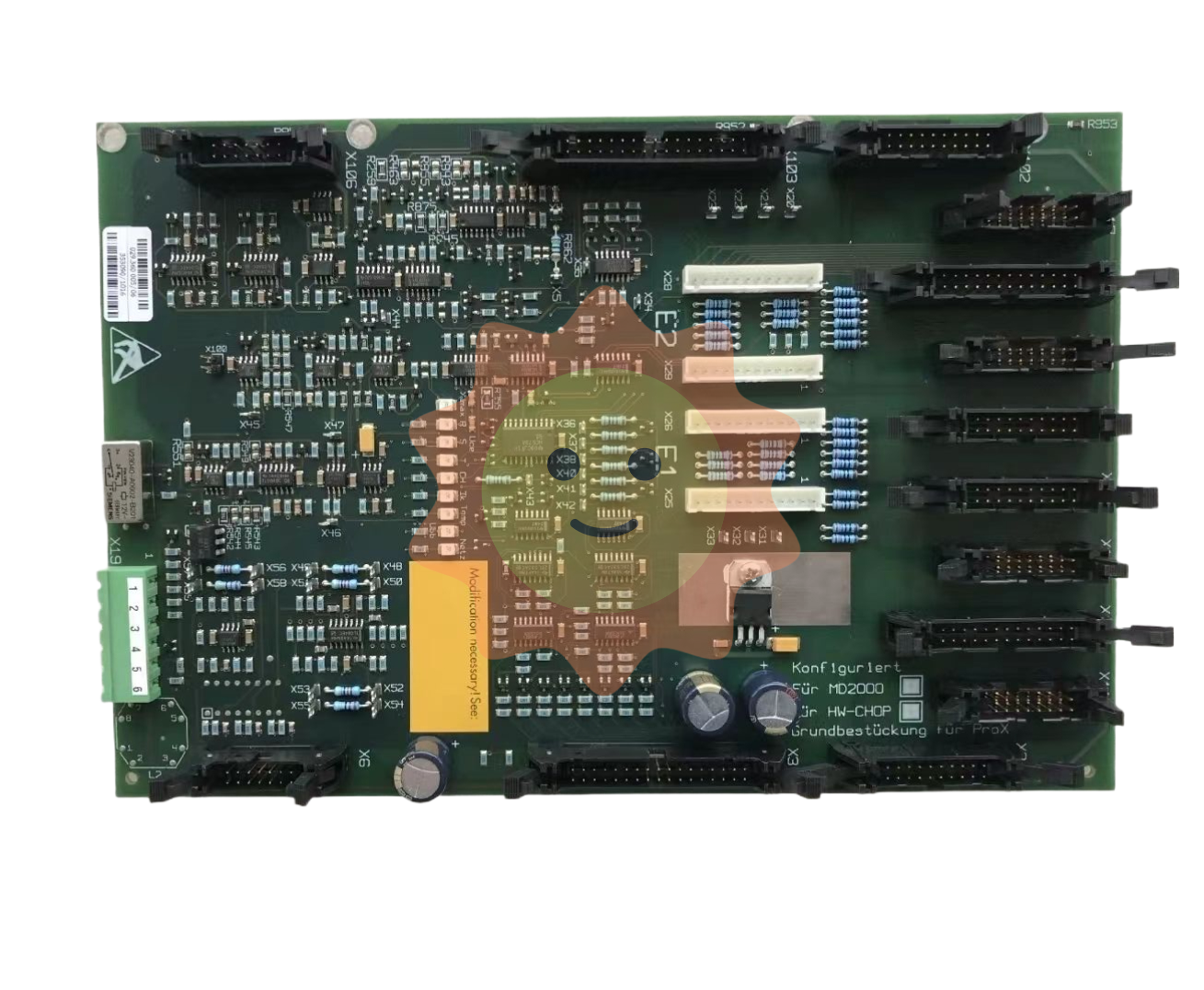High-end materials, 100 billion market
Metal powder is often generated by traditional powder metallurgy, injection molding, additive manufacturing and other processes structural parts or functional parts, can also be directly applied to all walks of life. With the continuous development of powder metallurgy technology and the continuous expansion of downstream application fields, the application proportion of metal powder in different fields will continue to increase, and the terminal application will continue to expand. With the gradual landing of new technologies such as injection molding and 3D printing, and under the dual pressure of enterprise cost and environmental protection, the advantages of powder metallurgy process continue to emerge, and powder metallurgy has a broad market in aerospace, high-end equipment and medical devices and other terminal applications.
Iron based powder accounted for the largest proportion, and other powders blossomed
Iron based powder is the most important powder variety in the metal powder industry. Metal powder represented by iron based powder is a new type of industrial raw material, which belongs to the important raw material field of manufacturing industry. It has important strategic significance for China's manufacturing industry to achieve high-end breakthrough and complete industrial transformation. Iron based powder is the most important powder variety in the metal powder industry, iron based powder industry downstream applications mainly include powder metallurgy products, diamond tools, magnetic materials, thermal spraying, metallurgical accessories and welding materials, terminal applications include transportation vehicles, household appliances, power tools, 3C electronics and medical equipment and many other industries. With the continuous improvement of metal powder preparation technology, the terminal application of metal powder is constantly expanding. Taking the downstream powder metallurgy products industry as an example, with the gradual landing of new technologies such as injection molding and 3D printing, and under the dual pressure of enterprise cost and environmental protection, the advantages of powder metallurgy process continue to emerge, and powder metallurgy has a broad market in aerospace, high-end equipment and medical devices and other terminal applications. With the rapid development of downstream application industries and the continuous expansion of metal powder application fields, the metal powder industry has ushered in a period of rapid development. According to the "2022-2026 China Metal powder Industry In-depth research and Investment prospects Forecast Report" released by the CIC Industrial Research Institute, from 2016 to 2020, China's metal powder sales show a growth trend. In 2020, the sales volume of metal powder in China is 736,100 tons, of which the total sales volume of steel powder is 679,000 tons, accounting for more than 90%. From 2013 to 2020, China's copper fund powder sales also increased year by year, from 42,100 tons to 57,100 tons, with a CAGR of 4.4%.

The iron base powder mainly includes atomized iron powder, reduced iron powder, carbonyl iron powder, alloy steel powder and so on. Iron-based powders are widely used downstream, and can be divided into structural materials and functional materials according to the different ways of use: Structural materials refer to the metal powder made into structural parts that withstand external forces through traditional pressing or new processes (such as injection molding, 3D printing technology), while functional materials refer to the special physical/chemical properties of metal powder to form special physical/chemical properties of functional components.
Domestic copper-based powder materials are mostly used in powder metallurgy parts, superhard tools, high-speed rail EMU brake plates and other fields, with the gradual improvement of preparation technology and the further improvement of product quality, copper powder materials have been widely used in more diverse fields. In recent years, the development of thermal conductive materials, high-speed iron brake pads, chemical catalysts, additive manufacturing and other application areas has promoted the increase in sales of copper-based powder, copper-based powder industry technology has been improved, the degree of automation has been improved, and product serialization has gradually improved to meet the requirements of different fields. According to the statistics of the Powder Metallurgy Association of the China Steel Association, the total sales volume of copper and copper alloy powder in China in 2020 will be 57,100 tons, and the total production capacity will exceed 70,000 tons. There are 9 domestic enterprises with an annual production capacity of more than 2,000 tons, and the market concentration is high. With the continuous expansion of downstream applications, the copper-based powder market still has a large room for development.
Traditional metal powders are mainly iron based powder and copper based powder, but with the upgrading of powder metallurgy process and the outbreak of demand in new energy, aerospace and other fields, other metal powders have also developed rapidly in recent years. In particular, the rise of metal 3D printing technology has led to other metal powders, including titanium powder, aluminum powder, nickel powder, cobalt powder, tin powder, chromium powder, etc. For more than 100 years, metal powder has mainly been monopolized by leading enterprises in developed countries such as Europe, America, Japan and Russia, and Chinese enterprises generally began to lay out and make efforts in the field of metal powder after 2000. In recent years, the rapid rise of Chinese metal powder enterprises has carried out domestic substitution in multiple powder fields.
- EMERSON
- Honeywell
- CTI
- Rolls-Royce
- General Electric
- Woodward
- Yaskawa
- xYCOM
- Motorola
- Siemens
- Rockwell
- ABB
- B&R
- HIMA
- Construction site
- electricity
- Automobile market
- PLC
- DCS
- Motor drivers
- VSD
- Implications
- cement
- CO2
- CEM
- methane
- Artificial intelligence
- Titanic
- Solar energy
- Hydrogen fuel cell
- Hydrogen and fuel cells
- Hydrogen and oxygen fuel cells
- tyre
- Chemical fiber
- dynamo
- corpuscle
- Pulp and paper
- printing
- fossil
- FANUC
- Food and beverage
- Life science
- Sewage treatment
- Personal care
- electricity
- boats
- infrastructure
- Automobile industry
- metallurgy
- Nuclear power generation
- Geothermal power generation
- Water and wastewater
- Infrastructure construction
- Mine hazard
- steel
- papermaking
- Natural gas industry
- Infrastructure construction
- Power and energy
- Rubber and plastic
- Renewable energy
- pharmacy
- mining
- Plastic industry
- Schneider
- Kongsberg
- NI
- Wind energy
- International petroleum
- International new energy network
- gas
- WATLOW
- ProSoft
- SEW
- wind
- ADVANCED
- Reliance
- YOKOGAWA
- TRICONEX
- FOXBORO
- METSO
- MAN
- Advantest
- ADVANCED
- ALSTOM
- Control Wave
- AB
- AMAT
- STUDER
- KONGSBERG
- MOTOROLA
- DANAHER MOTION
- Bentley
- Galil
- EATON
- MOLEX
- Triconex
- DEIF
- B&W


email:1583694102@qq.com
wang@kongjiangauto.com

